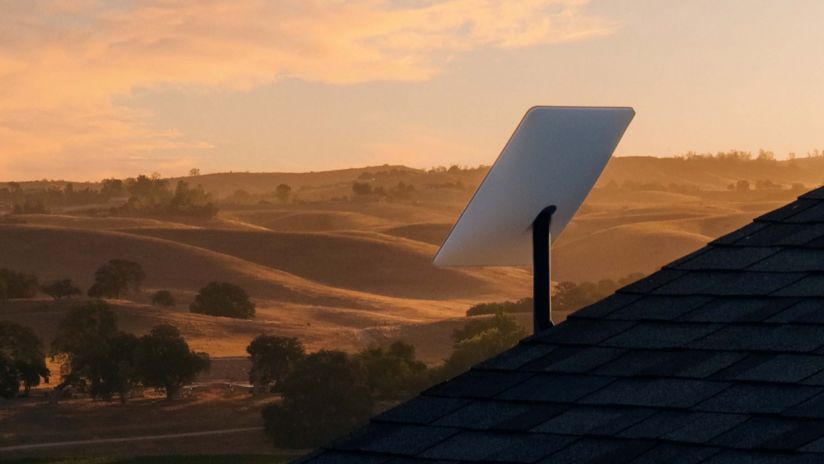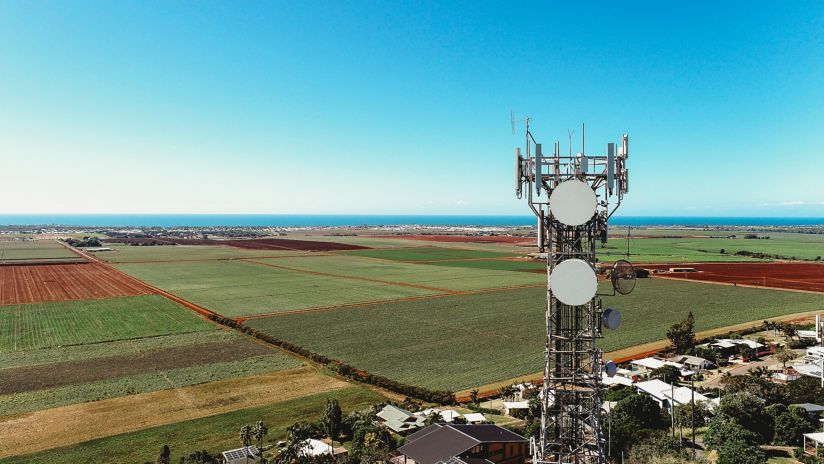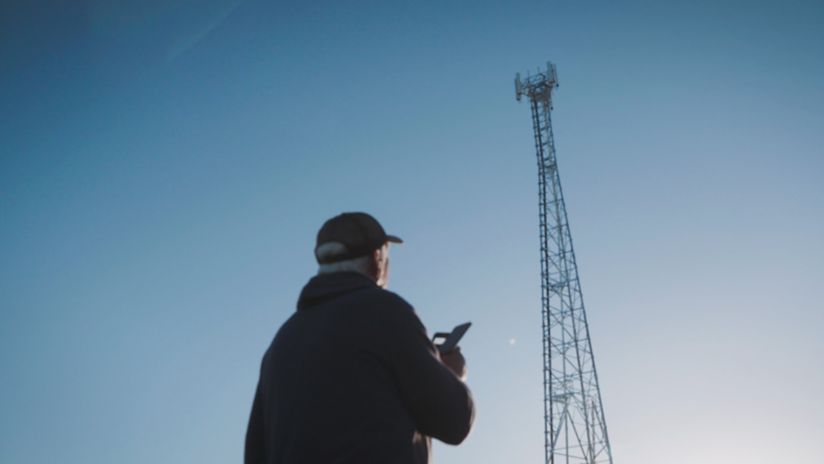LEO, GEO, MEO, DTH: what does this all mean?
In July this year, we announced that we’re now working with Starlink to deliver LEO satellite connectivity to provide voice and fixed broadband services in remote and hard to reach places.
As part of this, in a world-first consumer offering, Telstra will be able to provide home phone service and Starlink broadband services to Aussies as a bundle offer, as well as the option for local onshore support.
We also recently announced that next year we’ll be working towards a trial of direct to handset (DTH) satellite service for basic connectivity (initially text only) when they are outside of our terrestrial mobile network coverage.
Quite a few acronyms, right? Let’s break them down.
GEO: Geostationary Equatorial Orbit satellites
MEO: Medium Earth Orbit Satellites
LEO: Low Earth Orbit Satellites
DTH: Direct to Handset via LEO Satellite
Low Earth Orbit (LEO) satellites
LEO satellites are positioned at an altitude between 160 to 2,000 kilometers above the Earth’s surface (that’s “low” in satellite terms hence the “L” in LEO). These are the type of satellites used both for Starlink’s voice and fixed broadband capability that we will be offering customers, and the One Web satellite capability we will be using for backhaul at remote mobile sites.
LEO sats are much closer to Earth than other types of satellites. Being so close means these satellites can only “see” a small area of the earth surface, so their coverage is much like say, a ribbon tied around the earth. To provide anything like global coverage therefore requires “constellations” of hundreds or thousands of LEO sats with orbits crisscrossing the earth so that at any moment in time at least one will be in the sky above a potential user.
The big benefit of LEO satellites operating closer to Earth than other satellite types is it means the time between signals sent and received (latency) is much lower. In other words faster response times.. This makes them a great and more consistent option for services that need low latency, such as voice and video calls. Plus, because there are hundreds or thousands of satellites covering the earth at any moment in time, as opposed to just 3 GEO satellites, the global capacity of LEO constellations can be significantly greater and scaled up as needed (with more satellites) allowing LEO satellite connections to offer great download speeds.
To connect to a LEO satellite, you need a small dish or panel on the ground or roof that can receive and send a signal to the satellites in a location with a relatively clear view of the sky . If you’ve ever had a pay-tv dish on your roof, these dish or panel antennas are very similar in size and their installation can be even easier.

Outside of internet connectivity for homes, we’ve also begun using LEO satellites to provide backhaul to remote mobile base stations, improving network responsiveness for better real-time applications like voice and network experience for customers in those areas.
Fun fact: technically the International Space Station is classified as a LEO satellite because it flies around 460km above the Earth’s surface – bang in LEO range.
Direct to handset (DTH) connectivity via LEO sat
The close proximity and improved responsiveness of LEO Sats is also underpinning the emergence of direct to handset (DTH) technology . DTH is one of the most exciting areas in the whole telco space and lays the pathway towards a future where outdoor connectivity for basic mobile services, starting with text messages before eventually voice and low-rates of data, may be possible from some of Australia’s most remote locations.
What makes this technology so interesting is that for the most part consumers won’t need to buy a specific compatible phone to send an SMS over DTH, as it will take advantage of technology already inside modern smartphones.
While this connectivity utopia sounds very exciting, there are limitations to the technology to be aware of as it continues to be developed.
DTH will complement our terrestrial mobile network. This technology will initially support text, and in the longer term, voice and low speed data to smartphones across Australia, albeit outdoors, and with a clear skyline. And just as mobile networks didn’t replace fibre networks, it’s important to realise the considerable difference between the carrying capacity of satellite versus mobile. Support for good quality voice and low speed data will require a next generation handset which supports the 3GPP NTN standard.
Medium Earth Orbit (MEO) satellites
This is probably the satellite type you hear about the least, but also the one you probably use the most. This is the type of satellite that is almost exclusively used for navigational purposes – including the GPS signal you used to drive around with on the weekend.
Medium Earth Orbit satellites sit at around 10,000km above the earth’s surface, at least 5x further than a LEO satellite, which means it requires fewer satellites than LEO sat (but more than GEO sat) to have coverage for the entire Earth, while also having a bit more latency.
Outside of navigational purposes, MEO satellites are also used for military purposes and in some cases remote internet when exceptionally high throughput is needed.
One key disadvantage of MEO satellites though, especially compared to LEO satellites is it costs significantly more to get them into space as well as to actually construct, which makes their use case more limited to specific niches.
Fun Fact: The first two MEO communication satellites are still orbiting Earth, despite no longer being operational. They’re also called Telstars (not a typo).
Geostationary Equatorial Orbit (GEO) satellites
Yes, it’s confusing that despite the same acronym structure as MEO and LEO that the E is not the same. No, we unfortunately did not get a say in the naming conventions.
With that out of the way, GEO satellites, or also commonly referred to as “traditional” satellites are the type most people think of when they hear “satellite”. - GEO satellites have long been used for providing the earth’s satellite based communication services. These are the type of satellite used to transmit TV channels in remote areas, it's what nbn uses for its SkyMuster connectivity, what a traditional satellite phone connects to, and is also what you’ll probably find on the likes of a cruise ship.
These satellites sit around 35,000km above the Earth’s surface, or more than 35x further away than LEO satellites. Because they sit so much higher than other types of satellites, you could cover the entire planet with coverage through just three satellites.
While that coverage from so few satellites is a huge advantage, that distance from Earth also means a large amount of latency, which can impact the quality of video calls and online gaming.
We also provide services in the GEO satellite space, including constructing and maintaining infrastructure for Viasat across hundreds of our sites.
Fun Fact: If you’ve ever had a Foxtel or Austar dish on your roof, you’ve experienced GEO satellite connectivity.
The next five years are going to be an exciting time in the innovation of satellite technology for consumers, and we can’t wait for you to start experiencing the results of this, starting with our new Telstra Satellite Internet, powered by Starlink which will be available in March 2024.


